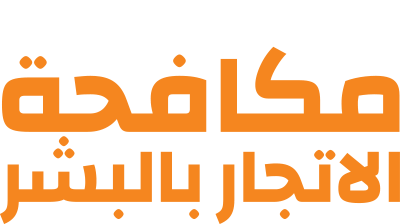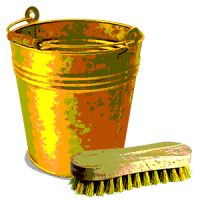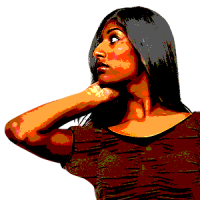The facts
Human trafficking is a global problem that affects almost every country.
The United Nations defines three constituent elements that make up human trafficking, or trafficking in persons, as it is often called:
Each year it is estimated that up to 800,000 men, women and children are trafficked across international borders. It is the third most profitable criminal activity, after drug and arms trafficking.
Victims are tricked with promises of jobs, education and marriage. Most often, young women and children are the targets of traffickers. Globally, 71% of enslaved people are women and girls.
Here in Oman, where the problem is comparatively much less than in many other countries, the National Committee for Combatting Human Trafficking develops and implements National Action Plans. It organises public awareness programmes, training for those involved in law enforcement and it contributes towards setting up care and rehabilitation programmes.
For more on the work of the NCCHT, please see here.







